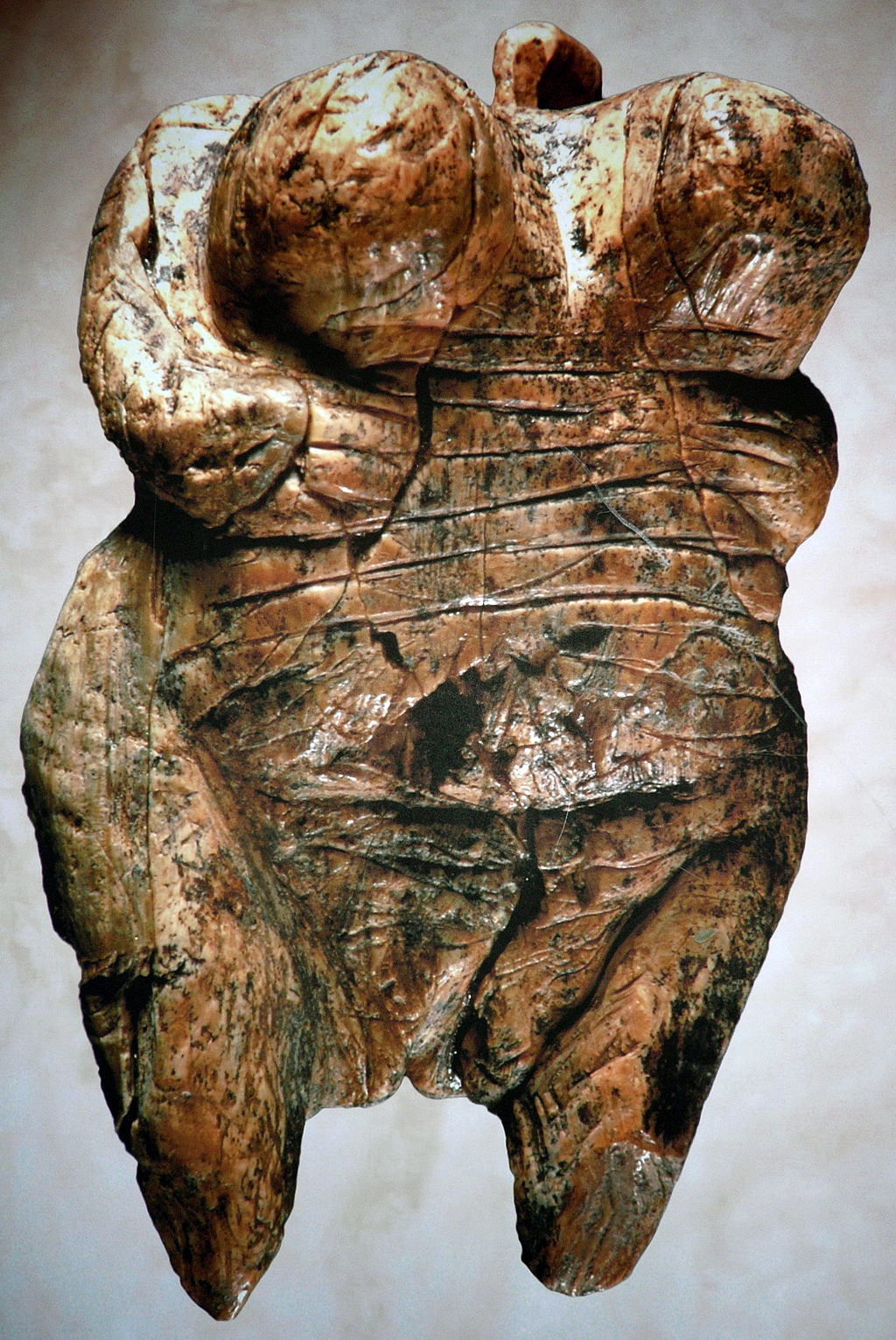Paleothic (or Palaeolithic) is a period in human prehistory distinguished by the use of stone tools. The Paleothic era began around 2.6 million years ago and ended around 10,000 years ago. It was preceded by the Mesolithic era and followed by the Neolithic era.
During the Paleothic era, hominids transitioned from using purely manual methods to make tools to using both manual methods and simple machines such as levers, ropes, and pulleys. This transition occurred gradually over hundreds of thousands of years and was brought about by changes in brain size and organization, as well as advances in technology.
The Paleothic is divided into three distinct periods: Lower Paleothic (2.6 million to 200 thousand years ago), Middle Paleothic (200 thousand to 30 thousand years ago), and Upper Paleothic (30 thousand to 10 thousand years ago). Each period is characterized by different technological innovations and changes in tool-making methods.
Lower Paleolithic: The first tools were simple stone flakes that were used for chopping or scraping wood or bone. These flakes were often chipped off of larger rocks with hammers made of bone or wood. By 1.7 million years ago, some hominids had developed more sophisticated techniques for making stone tools, including using an anvil on which to strike the rock flakes so that they would be thinner and sharper. Around 1 million years ago, Homo erectus began using fire for warmth, light, and cooking; this innovation allowed them to expand their range into colder climates where other animals could not survive . Middle Paleolithic: Around 300 thousand years ago , Homo sapiens appeared on the scene . They quickly began innovating new technologies , including developing spears that could be thrown with accuracy , fishing tackle , snares , baskets , pottery , grinding stones for flour , bows & arrows . All of these inventions increased their ability to procure food and shelter , allowing them to thrive in a wide variety of environments . Upper Paleolithic : The final stage of the paleolithi c saw even more dramatic innovations i n technology & lifestyle . Around 50 – 40 kya [thousand years ago ], Homo sapiens began domesticating plants & animals ; this led t o sedentary lifestyles & complex societies . They also developed better hunting weapons & improved their shelters ; clothing became more elaborate & art became more common . By 10 kya [ten thousand], most humans were living in permanent settlements with domesticated plants & animals


